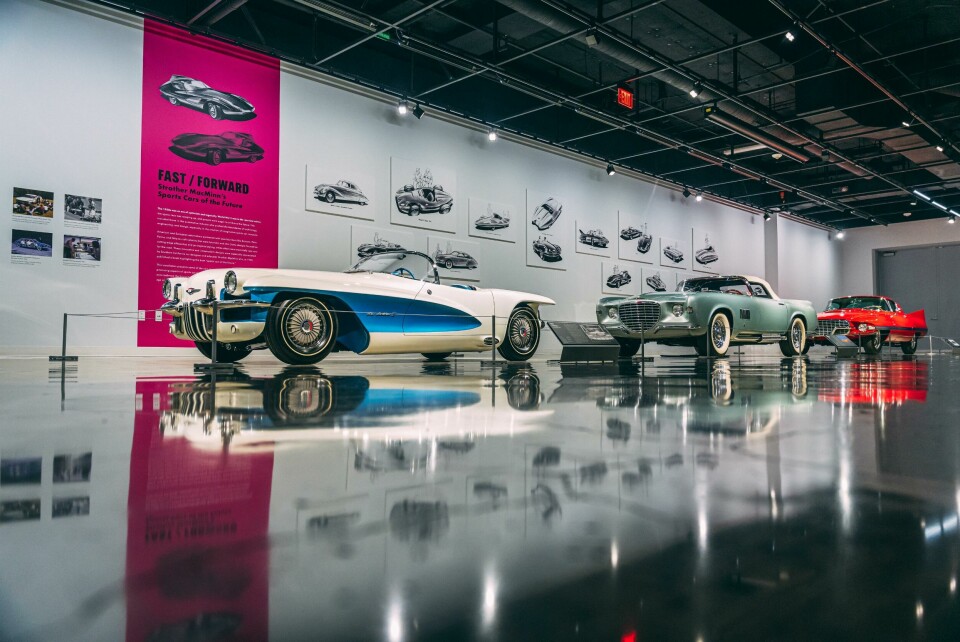
A Summer of midcentury modern at the Petersen Museum
In Los Angeles, Midcentury cars from storied marques like Ferrari, Porsche and Jaguar, make quite a statement
Midcentury Modernism is thought of an architectural movement that occurred roughly between 1940 and 1960. It has proven remarkably resilient and popular as a style, especially in Southern California, where some of the movement’s most celebrated practitioners worked.
But Midcentury Modernism extended beyond architecture, to interiors, fabrics, and decorative objects. Some even include music and painting under a ‘big tent’ definition of Midcentury Modernism.
But what of automotive design? Can there be a similar movement in the world of cars? Three new exhibits (plus the Porsche exhibit, previously reviewed) make the case for just that.
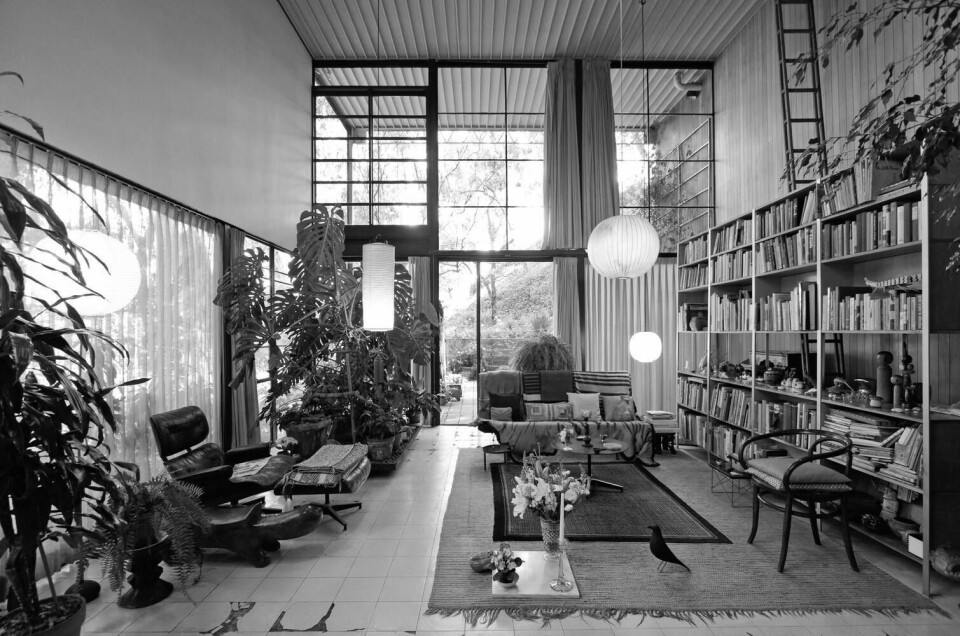
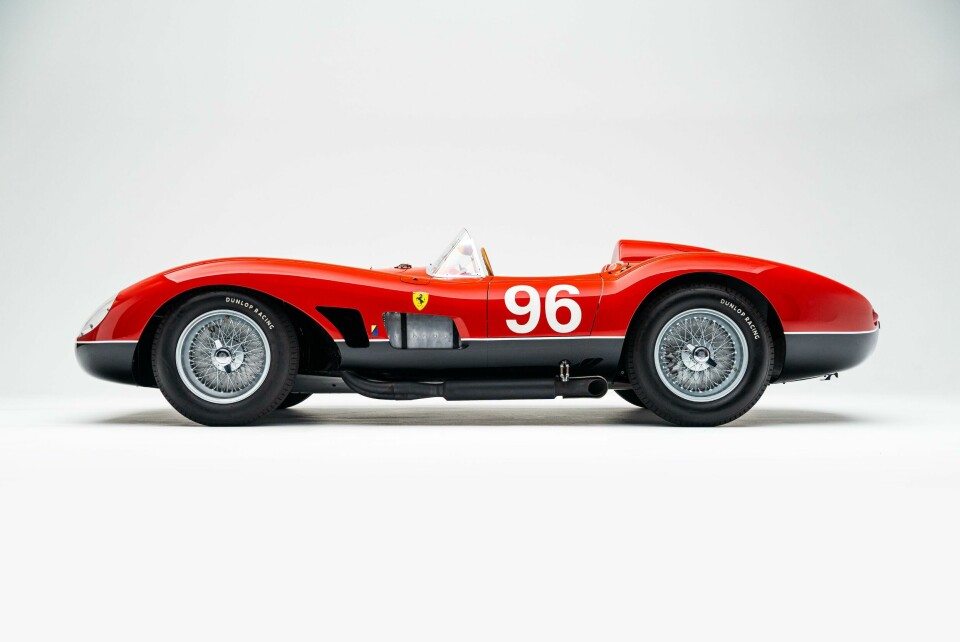
Of course, 1950s American cars were known for their big flashy designs slathered in chrome and festooned with tail fins. It was decade of excess that found some correction in the 1960s.
It was in post-war Europe that some of the best designs emerged and they are well represented at the here in these exhibits.
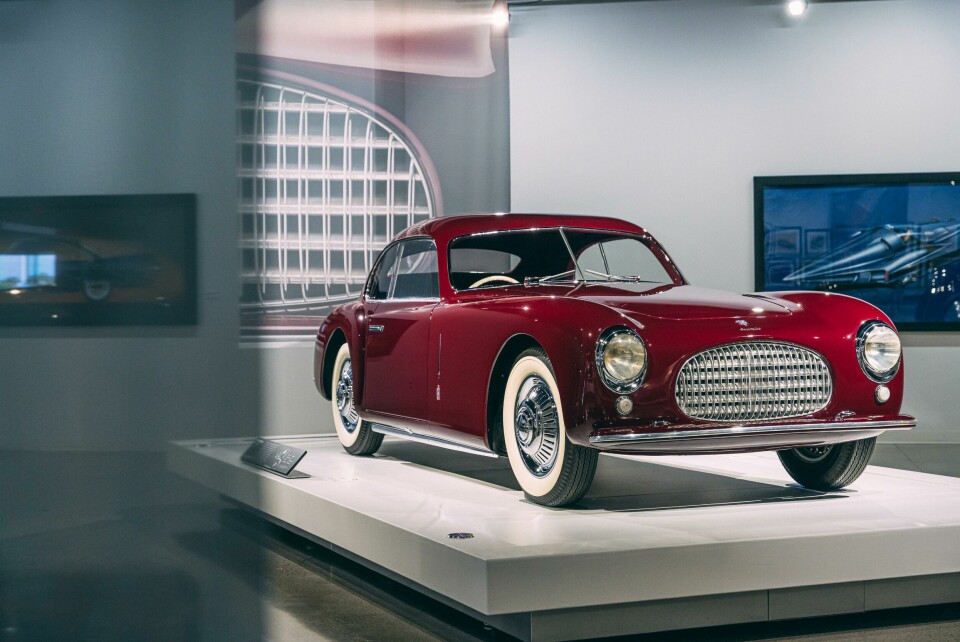
Maranello Masterpieces: The Legacy of Enzo Ferrari focuses on cars directly influenced by the Italian Master, with a focus on some of the first cars associated with the modern Ferrari brand: The 125S of 1947, the 1956 250GT Berlinetta, and the 1957 500 TRC race car to name a few.
The 125S is particularly interesting when compared the 1948 Porsche Gmund at the nearby Porsche exhibit. Both cars have classic design, minimal surfacing, and excellent proportions.
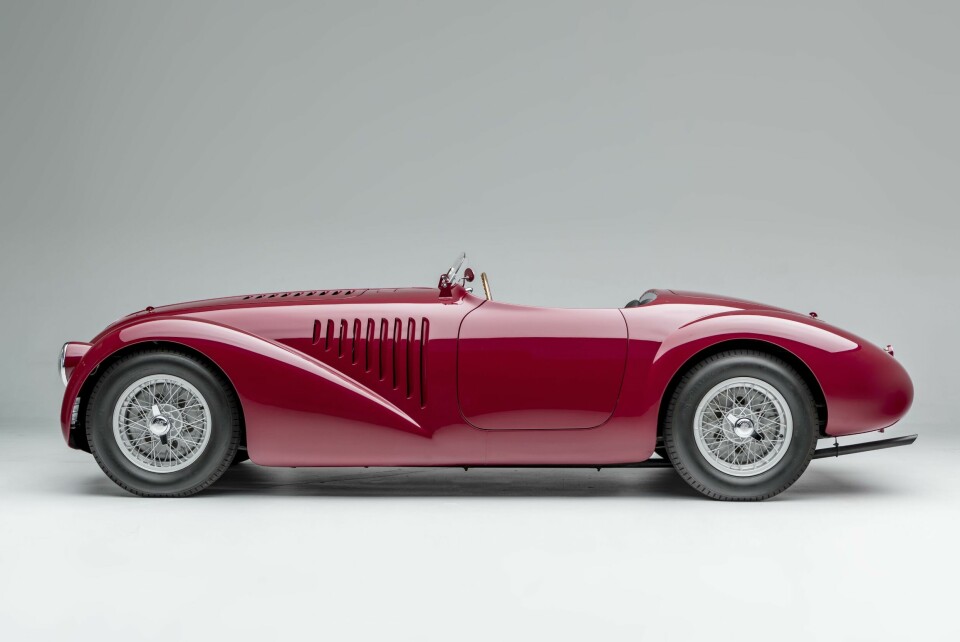
And though both Porsche and Ferrari have pre-war roots, it is out of the ruins of World War II Axis powers that the iconic modern companies we know so well, emerged after long struggles.
Fast/Forward: Strother MacMinn’s Sports Cars of the Future focuses on cars featuresd in MacMinn’s book, Sports cars of the Future from 1959. In the book, the beloved ArtCenter instructor (he taught there for half a century), and former GM car designer looked to the future of the sports car, both in design and technology. The 1954 BAT 7 aerodynamic research car by Alfa Romeo is here, as well the dart-shaped 1955 Chrysler Ghia ‘Gilda’ and the 1956 Ferrari 410 Superamerica, again by Ghia, which features (gasp!) tail fins.
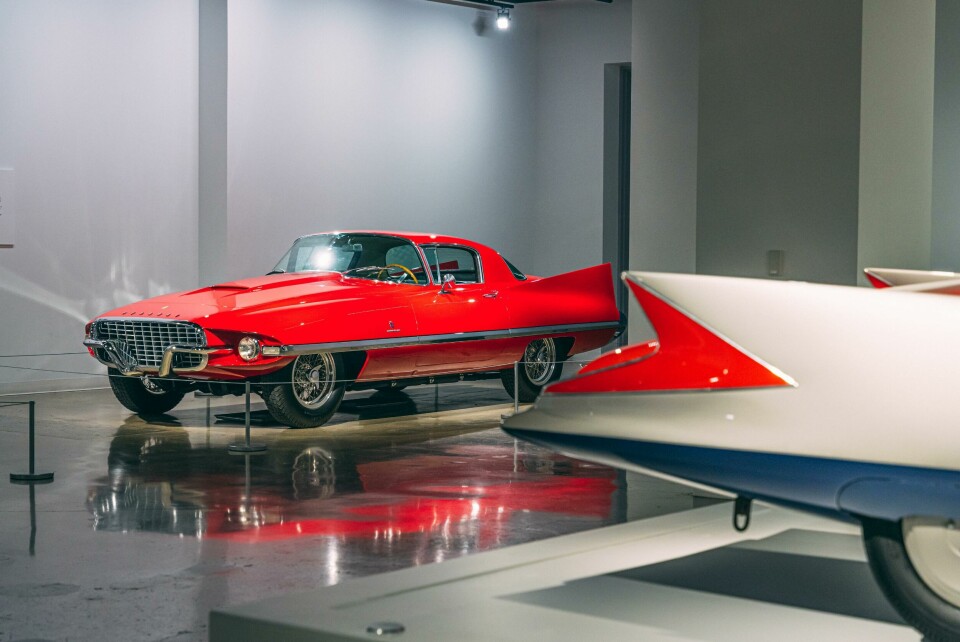
And finally, Splendor and Speed: Treasures of the Petersen Collection draws from the Petersen’s own collection to show elegant and speedy cars. A fabulous 1947 Cisitalia 202 Coupe (pictured above) highlights this exhibit, along with a 1952 Ferrari 212-225 Inter designed by Touring Superleggera, a pristine 1953 Cadillac Series 62 by Ghia and the magnificent 1957 Jaguar XKSS that belonged to Steve McQueen (his Porsche is nearby at the “We Are Porsche” exhibit).
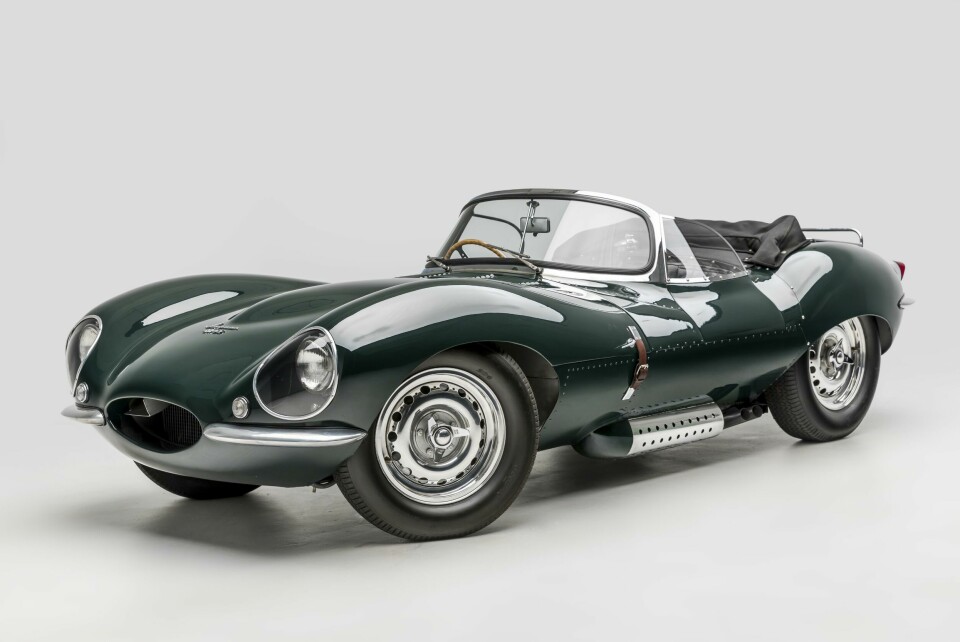
In addition to the magnificent cars, the Petersen has mounted a show of its collection of automotive renderings from the Midcentury years, and a sampling of student models from the old Fisher Craftsman’s Guild competitions, which encouraged students to design and model the cars of tomorrow.
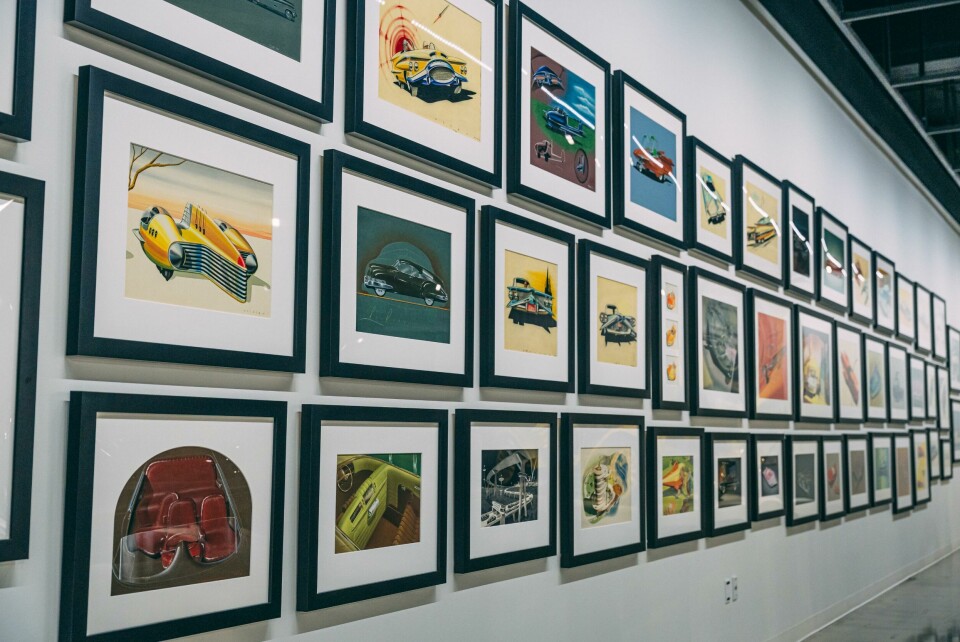
Add these the Midcentury Porsches of the ‘We are Porsche’ exhibit and there is quite a lot to appreciate and ponder. Midcentury design was about a certain essentialism, an expressive minimalism that appreciated a connection to the world at large and a private domestic world expressive of a new era of both craft and industrial design. The Ferraris, Porsches, and Jaguars here embraced this ethic, and they would (and did) look right at home parked next to a Case Study House.
Note also the prominence of the studios of Ghia, Pininfarina, and Touring Superleggera. Those midcentury years were golden ones for those carrozzeria, made more remarkable for their rise from the ashes of World War II. Can there be a similar renaissance in our own time? After all, our ‘Midcentury Modern’ is only seventeen years away. Let’s start the design renewal early.
Photo credits: Courtesy of Petersen Automotive Museum / Mitokino






















